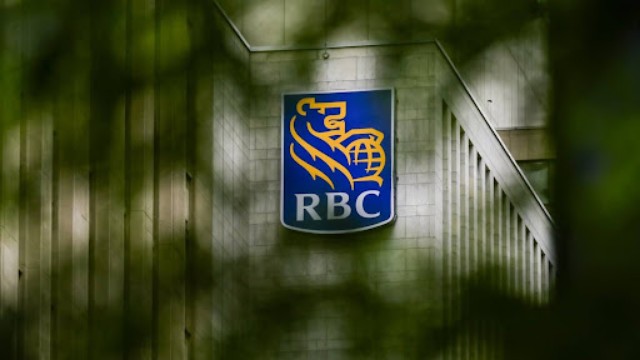
This illustrative image from May 14, 2024, shows a currency exchange office in Moscow, Russia. As of November 27, 2024, Russia's currency dropped to a two-year low against the greenback. Getty Images
The Russian ruble has hit its lowest value against the U.S. dollar since the onset of the Ukraine conflict, underscoring the toll international sanctions are taking on Russia's economy.
On Tuesday, the ruble fell to 107 per dollar, marking its weakest level since March 2022, shortly after the war began. The invasion led to sweeping Western sanctions, the withdrawal of foreign companies from Russia, and widespread economic challenges.
Analysts predict the ruble will decline further as the winter holiday season approaches, driven by increased imports to meet consumer demand. Grzegorz Dróżdż, a market analyst with Invest.Conotoxia.com, described the situation as "a significant weakening of the ruble due to the ongoing conflict in Ukraine." He added that the currency's slump reduces Russia's purchasing power.
The decline follows new U.S. sanctions announced on November 21, targeting dozens of Russian banks, including Gazprombank. The Financial Times noted that Gazprombank had previously been spared to allow European nations to continue paying for Russian gas. Losing this channel could further diminish Russia’s gas revenue, which has already taken a major hit due to sanctions.
The restrictions complicate international payments for Russian businesses, potentially worsening the country’s trade balance and further pressuring the ruble. Foreign buyers of Russian energy are now scrambling to find alternative payment mechanisms, prolonging the disruption.
Gazprom, once Russia's largest company by market value, has been particularly affected. The state-controlled natural gas giant has posted record losses as exports have dwindled.
While a weaker ruble could make Russian exports more competitive, the overall economic impact of sanctions is severe. "Russians are feeling the effects of high inflation, which reached 8.5% last month—more than double the Central Bank's target," Dróżdż explained. In response, the Central Bank of Russia has raised interest rates, now at 21%, in an effort to curb inflation and stabilize the currency. However, high borrowing costs have failed to attract significant investment.
Economic pressures are compounded by labor shortages and increased military spending. Analysts warn that the Central Bank may raise interest rates even further when it meets in December. Russia’s Ministry of Finance has yet to comment on the ruble’s continued decline.















